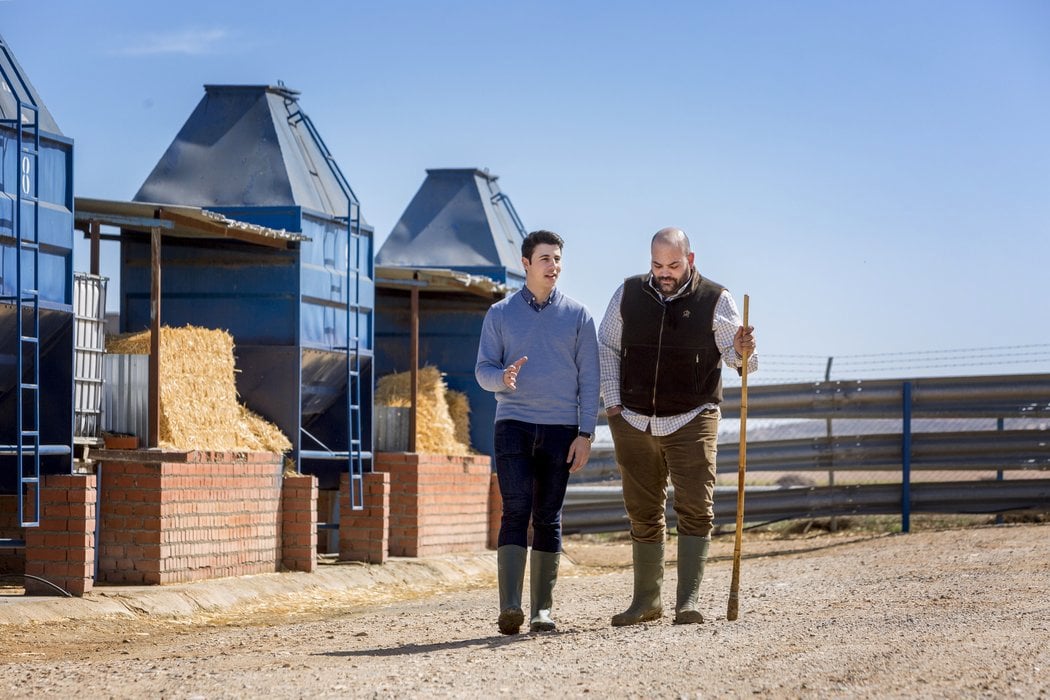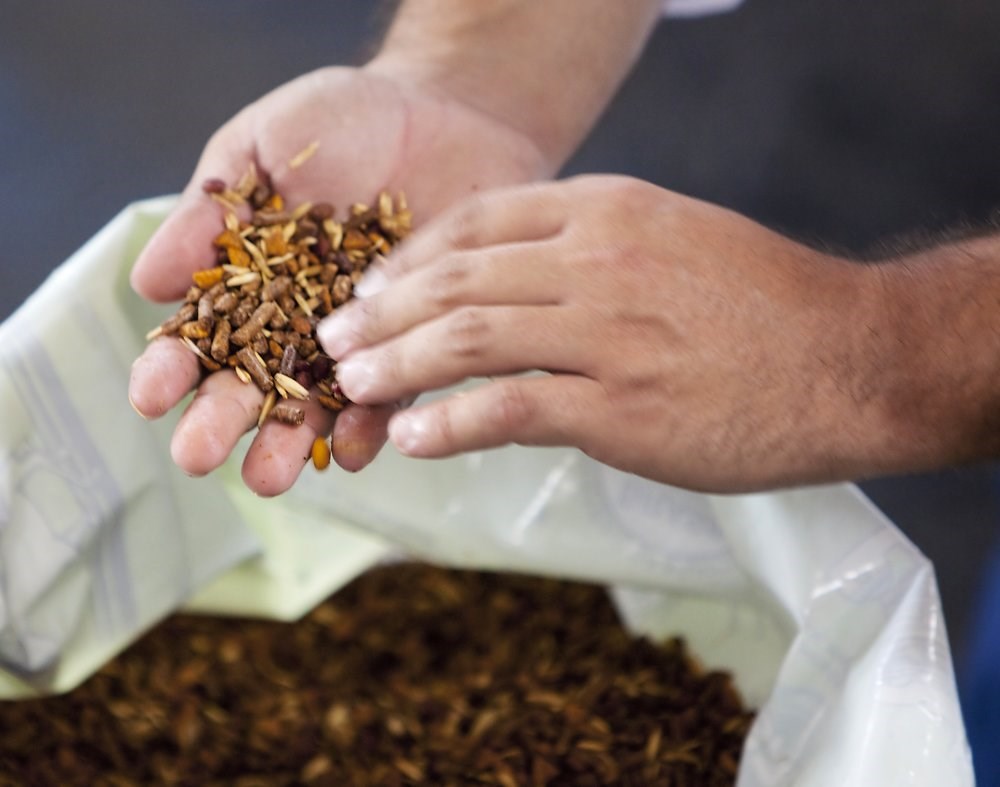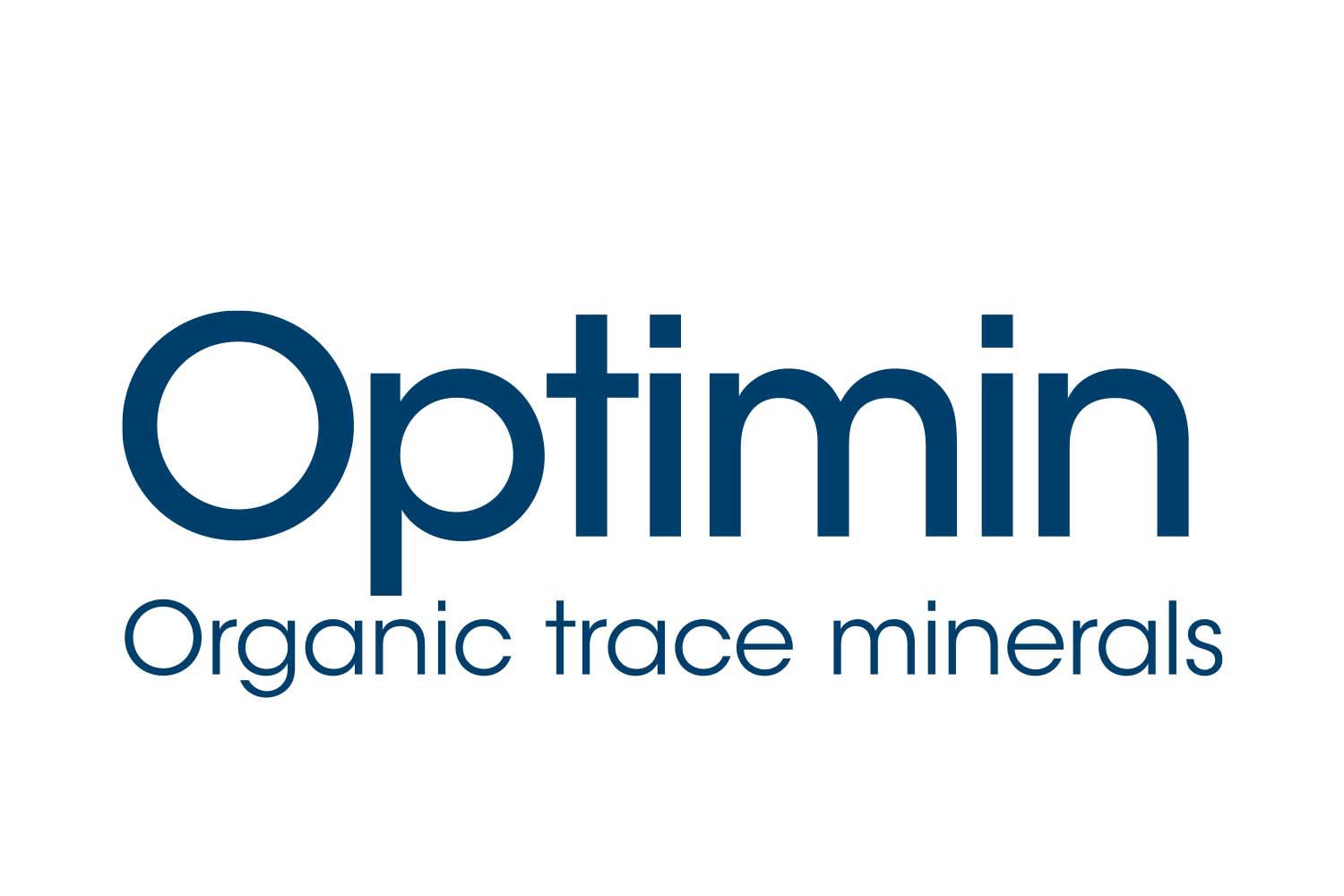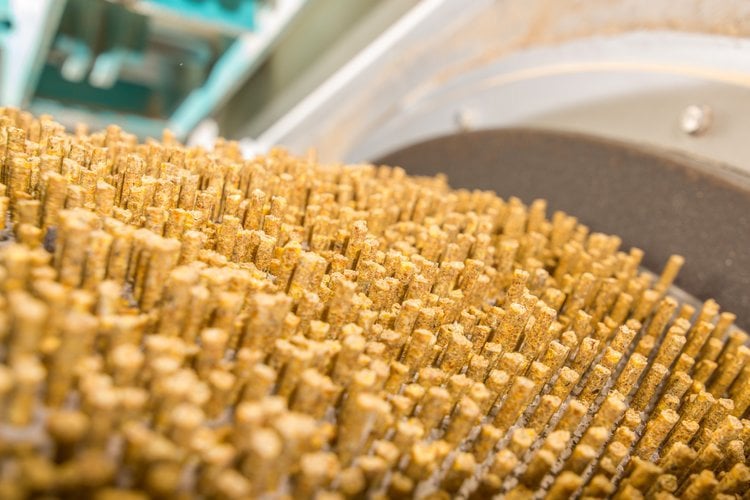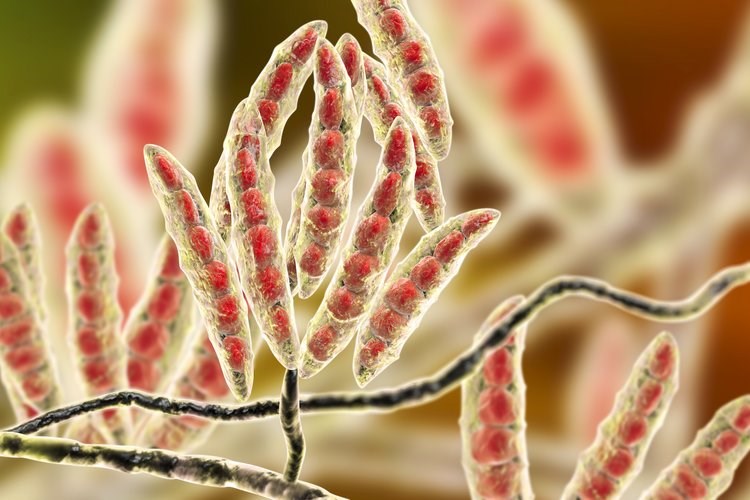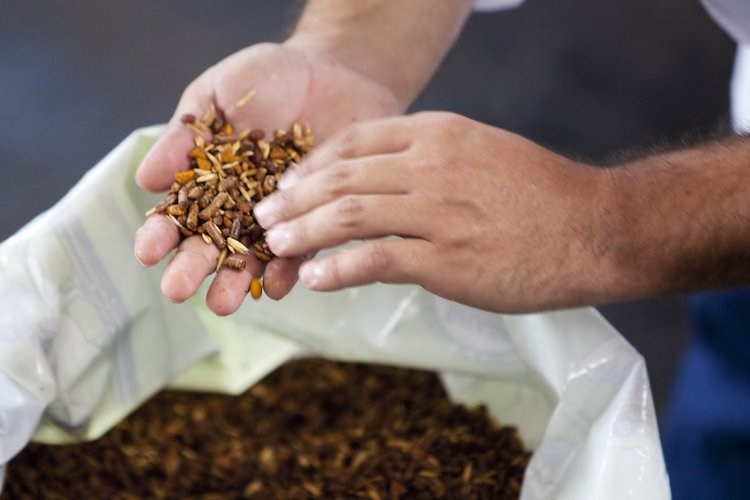Feed stability
High temperatures and moisture during feed production increases the availability of many nutrients, and can also cause some ingredients to react and interact with each other. This can reduce the overall stability and bioavailability of nutrients such as lipids and vitamins.
Physical quality can vary depending on the raw material mix, and factors such as hygroscopicity (moisture absorption from the air) and dustiness need to be well balanced to prevent ‘clumps’ or even threats to worker safety. It is also important to ensure that any additives used in the feed are complementary, such as enzymes and probiotics.
Working with nutritionists is important to select and provide a trace mineral source capable of meeting the incremental needs of the animal in a cost-effective manner. Consistent delivery of an optimised level of trace minerals is key to maintaining layers’ performance, health and overall well-being.
